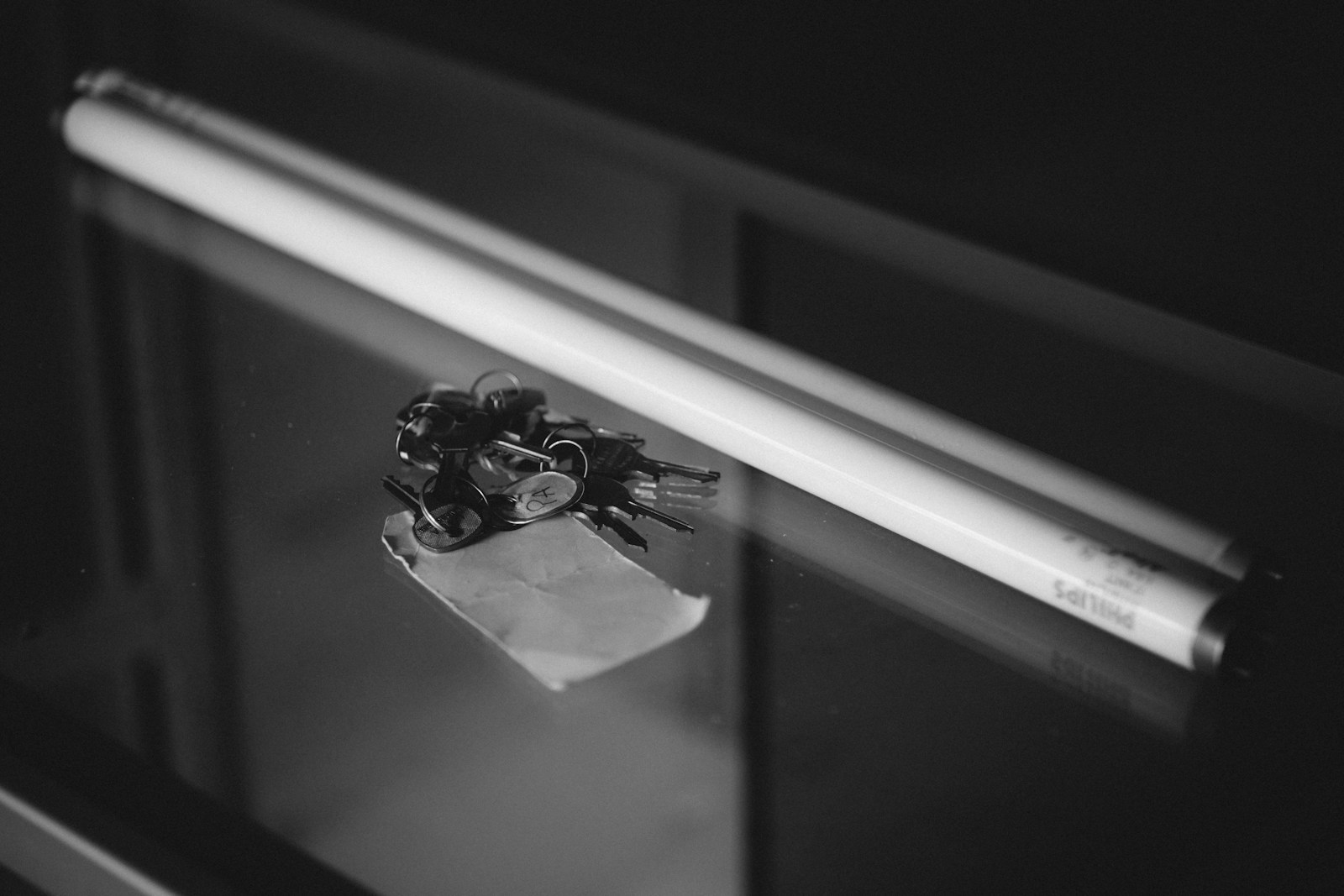3D printing in space means using special machines to create tools, parts, or even entire structures layer by layer, right on the spacecraft or on another planet/moon—instead of launching everything from Earth.
It’s also called additive manufacturing, and yes, astronauts are literally making stuff from scratch in zero gravity.
🛠 Why 3D Printing in Space Is a Big Deal
1. No More “Oops, We Forgot a Wrench”
In space, you can’t just pop over to Home Depot. If something breaks or you need a new part, that’s it—unless you can print one.
2. Cuts Down Launch Weight
Launching things into space is expensive. Every ounce counts. Why bring every nut and bolt when you can bring some raw materials and print what you need later?
3. Supports Long-Term Missions
Think Mars or moon bases. 3D printing lets us create habitats, repair equipment, and maybe even build solar panels or greenhouses using local materials (hello, moon dust bricks!).
👩🚀 Real-Life Space Printing—It’s Already Happening
NASA and private companies are already doing this:
🔧 The First 3D Printer in Space
In 2014, NASA sent a 3D printer to the International Space Station (ISS). Astronauts printed a ratchet wrench using a design emailed from Earth. Literally a space email turned into a space tool.
🏗 ICON & Lunar Construction
ICON, a company known for 3D-printed houses on Earth, is now working with NASA to print moon habitats from lunar regolith (that’s just fancy space dirt).
🧱 ESA’s Brick Experiment
The European Space Agency is experimenting with turning Martian and lunar soil simulants into printable concrete. Basically, Martian Legos. For grown-ups. In space.
🌌 What Can We Print in Space (So Far)?
- Replacement tools
- Satellite parts
- Medical supplies
- Brackets and mounts
- Structural components for space stations or rovers
- Food (yep, 3D printed pizza is in development 🍕)
Future plans? Whole launch pads on the moon, Mars habitats, and maybe even human organs (imagine printing a new kidney in orbit!).
⚙️ Challenges (Because Space Doesn’t Make It Easy)
- Zero gravity makes melted material behave weirdly
- Temperature extremes can affect printing quality
- Power and raw material limits on long missions
- Dust on the Moon or Mars can be clingy and abrasive—annoying and dangerous
But engineers are working on all of it. Because what’s space innovation without a few puzzles?
🌍 Why It Matters for Earth Too
All this space-tech trickles back to Earth. 3D printing in space has helped drive advances in:
- Disaster relief housing
- Remote construction tech
- Medical device innovation
- Sustainable manufacturing
So even if you never leave the planet, you’re benefiting from what astronauts are printing up there.
TL;DR: 3D Printing in Space Is the Future
It’s:
- Smarter than overpacking a spaceship
- Cheaper than launching every single screw
- Essential for surviving long-term missions
- And just plain cool
Whether it’s a wrench floating in the ISS or a Martian base made from dust, 3D printing in space is turning science fiction into science fact.
The future? It’s being built. One layer at a time. 🪐💫
